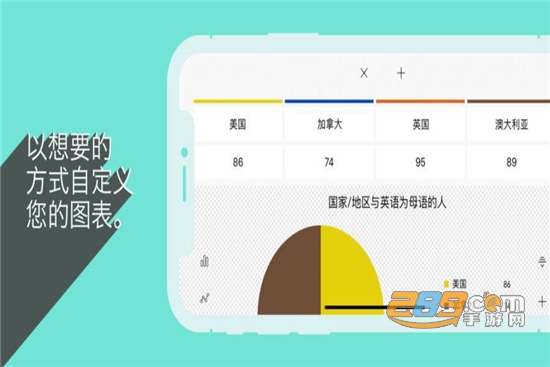java定时执行某个方法-java 线程定时执行
介绍
这个是个JDK远古时代的api了,据考证,可以追溯到JDK 1.3 的时候,历史就不讲了,毕竟我们不是技术考古。还是按照我们以前的方式,废话少说直接上车吧。
简单使用
我们先直接new一个Timer对象:
java.util.Timer timer = new Timer();
然后调用时,发现可用的方法并不多:
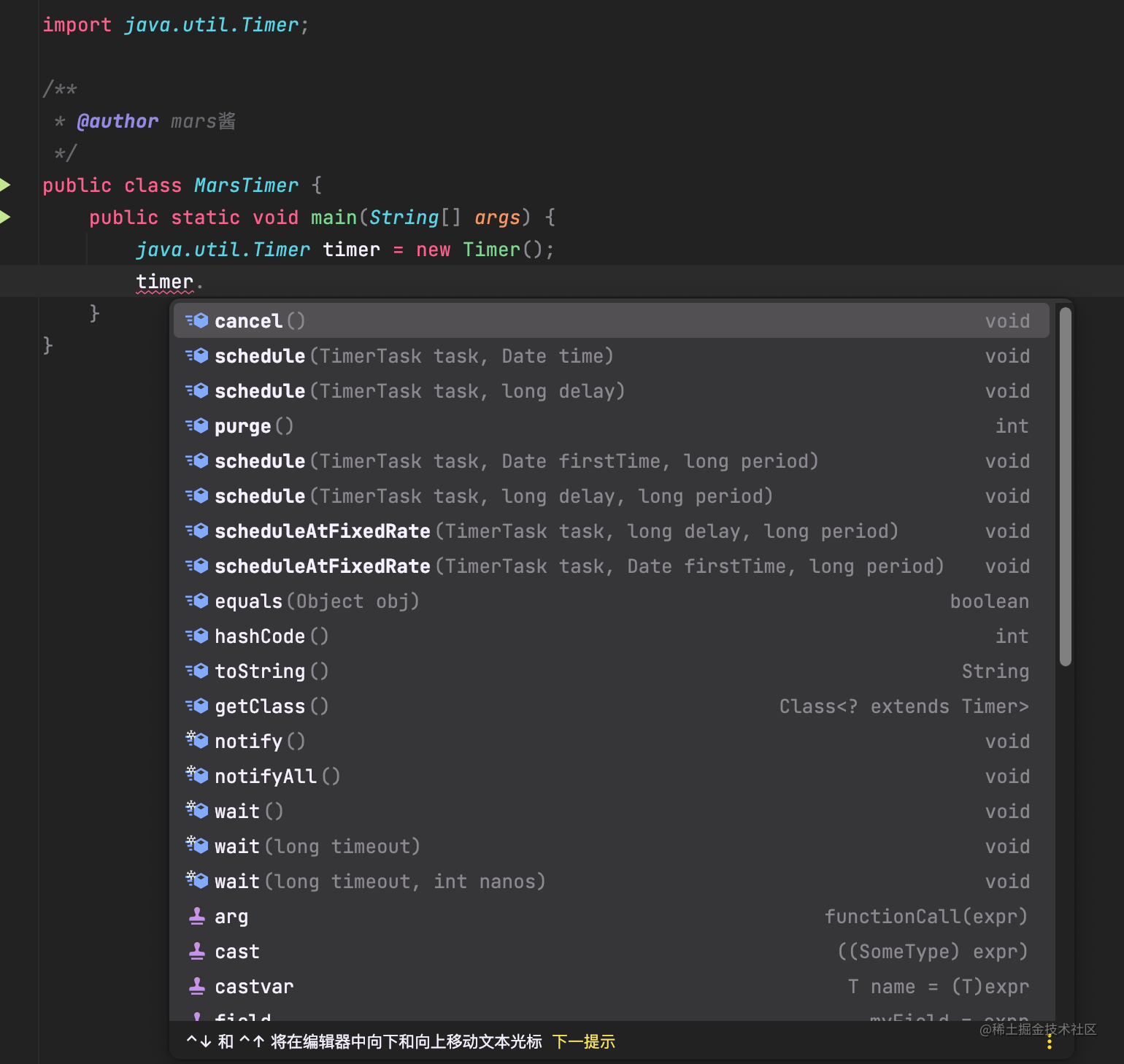

根据多年算命经验,我猜既然是定时任务,那么包含关键字schedule的就是核心方法了,挑个最简单的写下来:
import java.util.Date;
import java.util.Timer;
import java.util.TimerTask;
/**
* @author mars酱
*/
public class MarsTimer {
public static void main(String[] args) {
java.util.Timer timer = new Timer();
timer.schedule(new TimerTask() {
@Override
public void run() {
System.out.println("当前时间:" + new Date());
}
}, 1000, 5000);
}
}
运行了一下,得到了个结果:
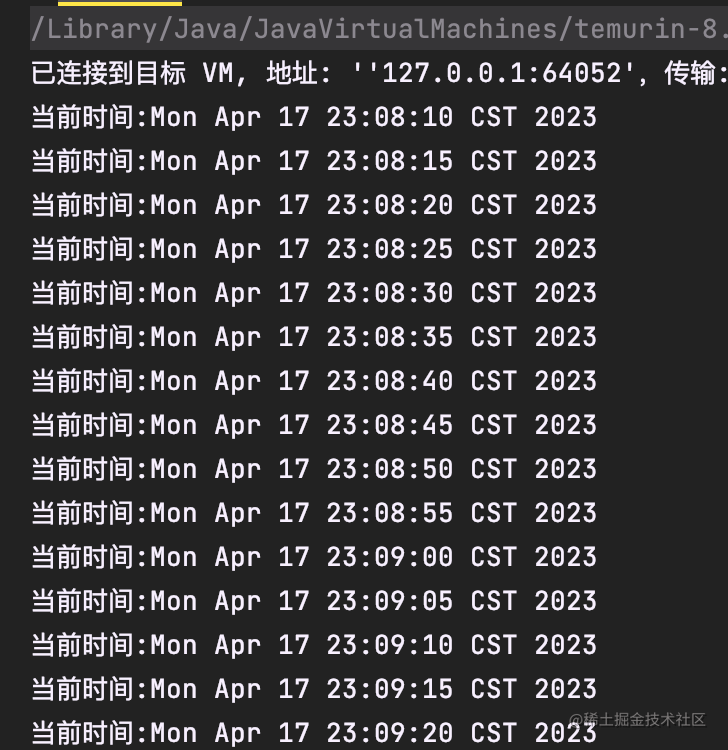
结果是每五秒执行一次输出。
Timer的schedule函数有三个参数:
TimerTask:这个就是需要安排的任务对象了,可以new一个之后像我一样实现它的run方法;
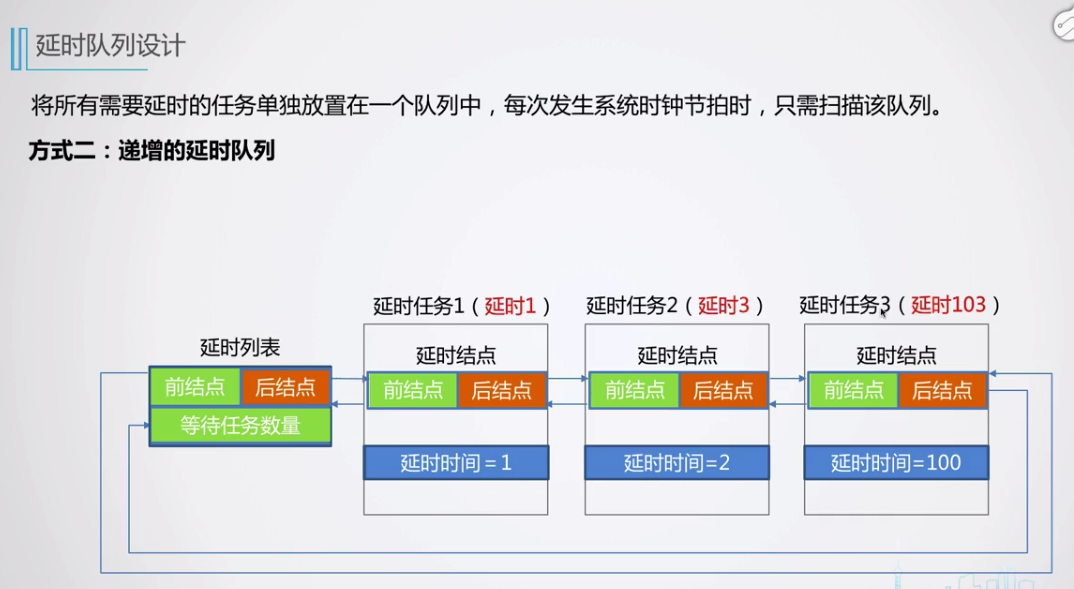
delay:在任务执行之前延迟多久,单位是毫秒;
period:每次执行之间的间隔多久,单位也是毫秒;
好了,就是这么简单,感觉再复杂也复杂不到哪里去了
会不会有阻塞?
我们理想的定时任务,应该是多个定时器同步并发执行,各自之间不受影响,对吧?那我们试试Timer会不会有这样的情况吧。
我们假设两个任务,一个任务在执行的过程中导致某些不可抗拒的原因,延迟了5秒,那么另一个任务的执行是不是会被这个延迟的任务影响,理想的情况下的两个定时任务各自完成自己任务,互不干涉和影响。
import java.util.Date;
import java.util.Timer;
import java.util.TimerTask;
/**
* @author mars酱
*/
public class MarsTimer {
public static void main(String[] args) {
// java.util.Timer timer = new Timer();
// timer.schedule(new TimerTask() {
// @Override
// public void run() {
// System.out.println("当前时间:" + new Date());
// }
// }, 1000, 5000);
// 1. 创建第一个任务,打印时间后延迟5秒
TimerTask tta = new TimerTask() {
@SneakyThrows
@Override
public void run() {
System.out.println(">> 这是a任务:当前时间:" + new Date());
Thread.sleep(5000);
}
};
// 2. 创建第二个任务,直接打印毫秒数
TimerTask ttb = new TimerTask() {
@Override
public void run() {
System.out.println("<< 这是b任务:当前毫秒:" + System.currentTimeMillis());
}
};
Timer timera = new Timer();
// 3. 把两个任务都加入计时器中
timera.schedule(tta, 1000, 5000);
timera.schedule(ttb, 1000, 5000);
}
}

运行一下,得到结果:
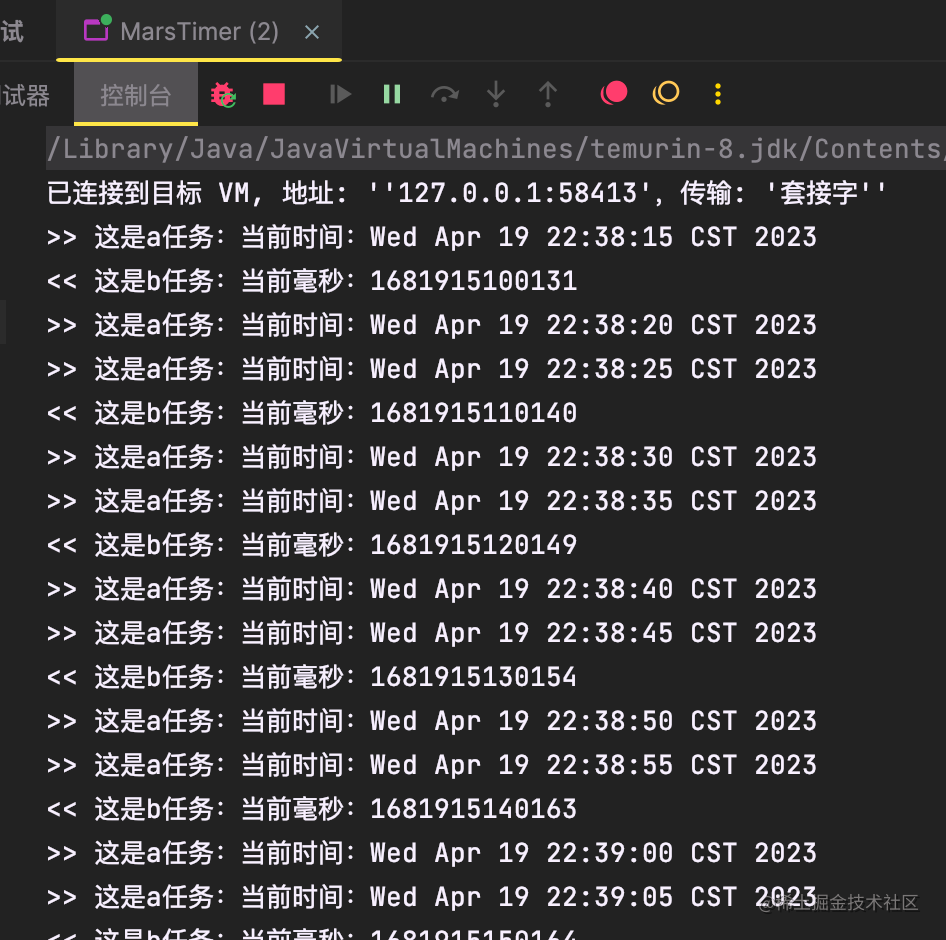
看出什么来了吗?是不是从结果中没看明白?我就知道,那么我们去掉那段Thread.sleep,得到的结果类似这样:
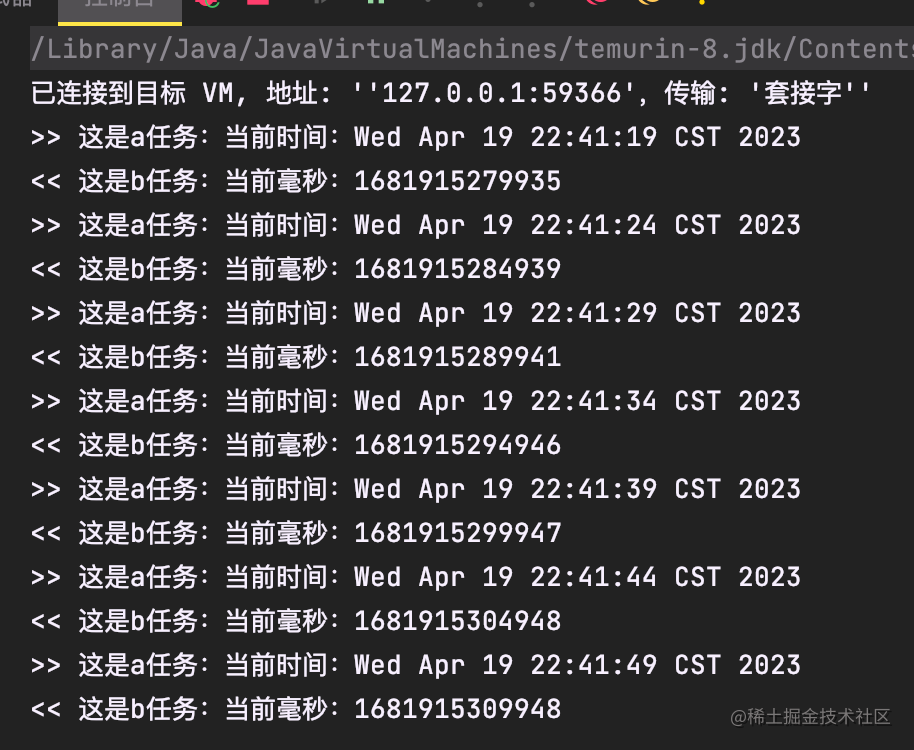
对比一下上下两个结果,这下是不是明白了?由于a任务的延迟,导致了b任务受到了影响。看来JDK的定时任务是存在阻塞情况的,b任务执行只能等待a完成之后才能执行。
怎么解决?
先不解决,那是下一章节的内容,哈哈哈哈

其他方法
我们先介绍完Timer和TimerTask吧。
TimerTask是个抽象类,依赖Runnable接口,实现TimerTask,我们只要实现run函数就行了,就像这样:
import java.util.TimerTask;
/**
* @author mars酱
*/
public class DefaultTimerTask extends TimerTask {
@Override
public void run() {
// 你的业务实现
}
}
原理
翻看java.util.Timer的源代码,核心点如下:
/**
* Schedule the specified timer task for execution at the specified
* time with the specified period, in milliseconds. If period is
* positive, the task is scheduled for repeated execution; if period is
* zero, the task is scheduled for one-time execution. Time is specified
* in Date.getTime() format. This method checks timer state, task state,
* and initial execution time, but not period.
*
* @throws IllegalArgumentException if time is negative.
* @throws IllegalStateException if task was already scheduled or
* cancelled, timer was cancelled, or timer thread terminated.
* @throws NullPointerException if {@code task} is null
*/
private void sched(TimerTask task, long time, long period) {
if (time < 0)
throw new IllegalArgumentException("Illegal execution time.");
// Constrain value of period sufficiently to prevent numeric
// overflow while still being effectively infinitely large.
if (Math.abs(period) > (Long.MAX_VALUE >> 1))
period >>= 1;
synchronized(queue) {
if (!thread.newTasksMayBeScheduled)
throw new IllegalStateException("Timer already cancelled.");
synchronized(task.lock) {
if (task.state != TimerTask.VIRGIN)
throw new IllegalStateException(
"Task already scheduled or cancelled");
task.nextExecutionTime = time;
task.period = period;
task.state = TimerTask.SCHEDULED;
}
queue.add(task);
if (queue.getMin() == task)
queue.notify();
}
}
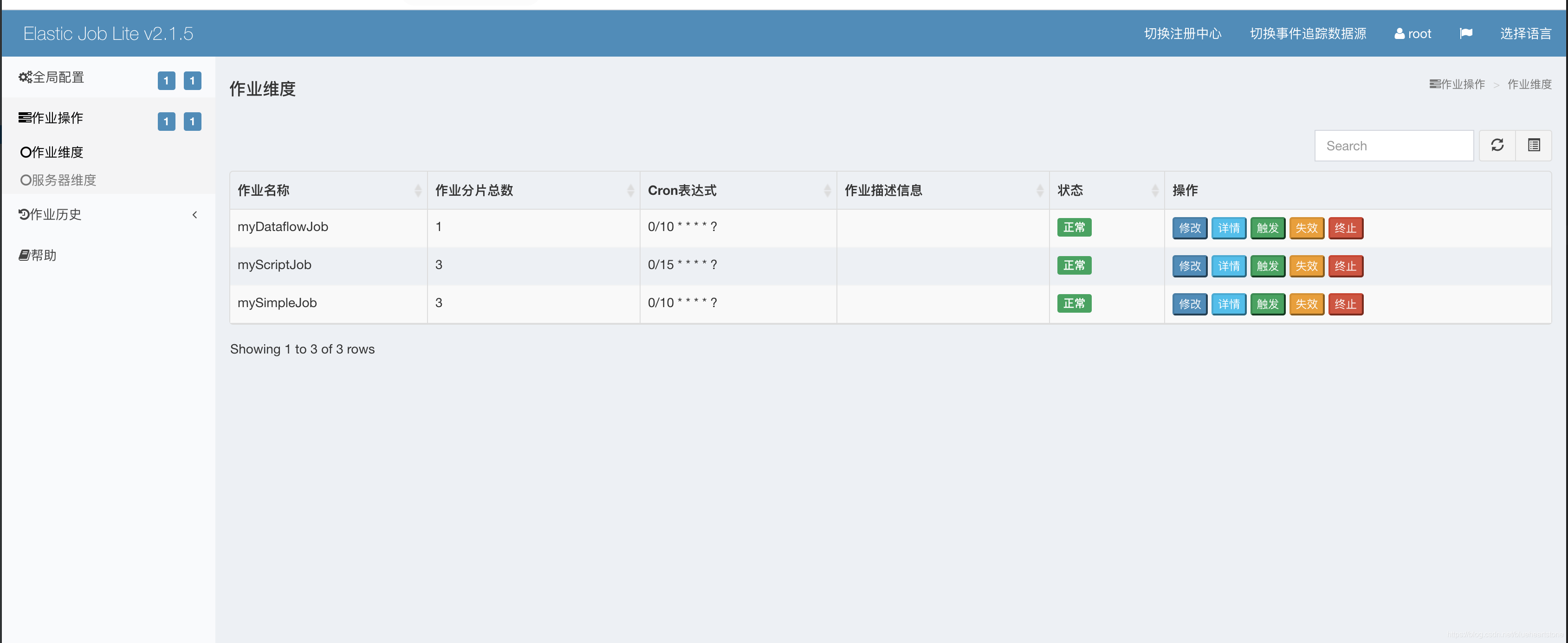
这段大致的意思就是往Timer内部的一个队列里面塞任务java定时执行某个方法,塞的时候做了很多检查,比如周期、任务状态等等,用到了关键字synchronizedjava定时执行某个方法,那么说明这个队列是个资源共享的,每次操作的时候必须锁一下,那么我们再看下Timer在执行队列的部分源代码:
/**
* The main timer loop. (See class comment.)
*/
private void mainLoop() {
while (true) {
try {
TimerTask task;
boolean taskFired;
synchronized(queue) {
// Wait for queue to become non-empty
while (queue.isEmpty() && newTasksMayBeScheduled)
queue.wait();
if (queue.isEmpty())
break; // Queue is empty and will forever remain; die
// Queue nonempty; look at first evt and do the right thing
long currentTime, executionTime;
task = queue.getMin();
synchronized(task.lock) {
if (task.state == TimerTask.CANCELLED) {
queue.removeMin();
continue; // No action required, poll queue again
}
currentTime = System.currentTimeMillis();
executionTime = task.nextExecutionTime;
if (taskFired = (executionTime<=currentTime)) {
if (task.period == 0) { // Non-repeating, remove
queue.removeMin();
task.state = TimerTask.EXECUTED;
} else { // Repeating task, reschedule
queue.rescheduleMin(
task.period<0 ? currentTime - task.period
: executionTime + task.period);
}
}
}
if (!taskFired) // Task hasn't yet fired; wait
queue.wait(executionTime - currentTime);
}
if (taskFired) // Task fired; run it, holding no locks
task.run();
} catch(InterruptedException e) {
}
}
}
Timer在构造函数中就调用了start函数,start函数底层可以理解为用jvm去调用run函数,而这个mainLoop函数是Timer函数的实现部分,所以,最终Timer的执行都是在这里了。大致的执行顺序解释:
检查队列的情况,是不是空,是不是状态正常;当前任务的状态是不是可以执行;当前任务是不是已经到了可以触发的时间了以上情况都ok,那就执行我们之前实现TimerTask的run函数
以上四点过程,全程都用synchronized包裹。
总结
Timer和TimerTask是JDK原生提供的定时任务实现方案,简单易用,但是平时的场景也经常会有业务处理过程较长的情况,但是单个任务的执行不能影响其他任务的定时情况,所以如果处理定时任务的并发,我们可以使用线程池,下个站见。


 上一篇
上一篇 




